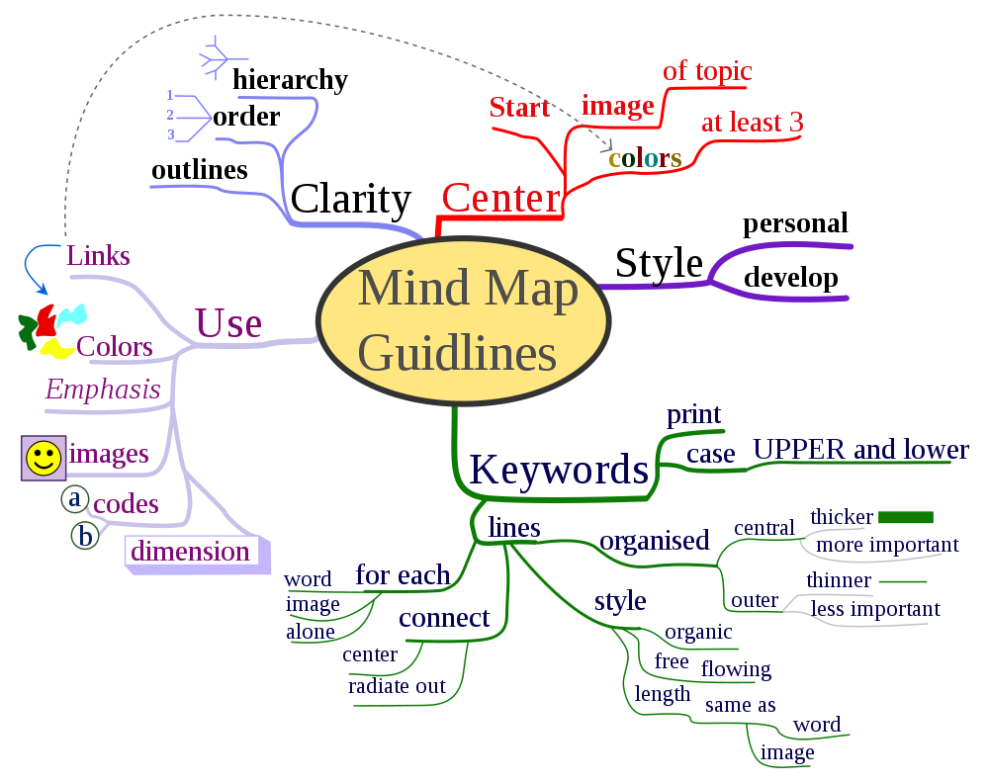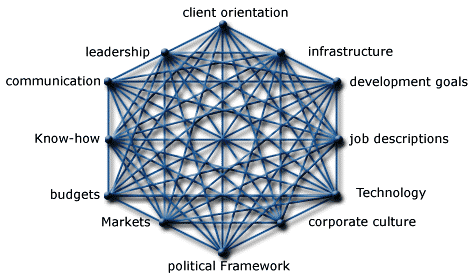For those who don’t know my career journey so far, here it is.
I come from an IT background, and more than 4 years ago, I took a Project Management Professional (PMP) course at the American University of Beirut – Continuing Education Center (AUB-CEC) in partnership with CMCS Lebanon.
Building on that, I went for the exam and became a certified PMP. In the mean time, the trainer who gave me the course, who eventually became a close and trusted friend, introduced me to the Managing Partner of CMCS. Few months later, they offered me a job at CMCS as a Consultant and that’s when I transitioned from IT into Consultancy.
3 years later, I managed to grow and develop at CMCS to become the Operations Manager in addition to having had the pleasure of delivering training courses of all kinds related to Project Management and Business Analysis, training being something I enjoy passionately. I’ve also managed to earn 3 other certifications (CBAP, PBA, GPM-b) and pursue my masters in Human Resources Management (MHRM) at AUB with a focus on Competency Models and Training Development.
This summer, and out of the blue, I got contacted by the HR of one of the big 5 consultancy firms asking me if I’m interested in joining their team based on my achievements and my LinkedIn profile.
So I went through the selection process and I’m proud to say that I’ve been given an offer, which I took. Therefore, I submitted my resignation from CMCS and will be heading off to this firm by the end of August.
This means I’m ending a beautiful journey in a company I’ve grown to love and respect its team, its professionalism and its achievements. It’s a hard decision to leave something you are doing well at, but at the same time, sometimes one got to think numerous steps ahead.
In addition to that, I’m not only transitioning out of CMCS, but I’m also leaving the country, which is a major career and life-style change. It’s a leap of faith, and I surely hope it’ll pay off in terms of career growth, more challenges and opening new doors.
I’m proud to say, as of September 1, 2015, I’ll be having a managerial position in the Advisory and Consultancy team at PricewaterhouseCoopers (PwC) in their Riyadh Office!
As a final note, I want to thank everyone who supported me in this journey of growth and I’m glad to have met everyone I worked with, partnered with, volunteered with and given a training to anywhere around the globe!






